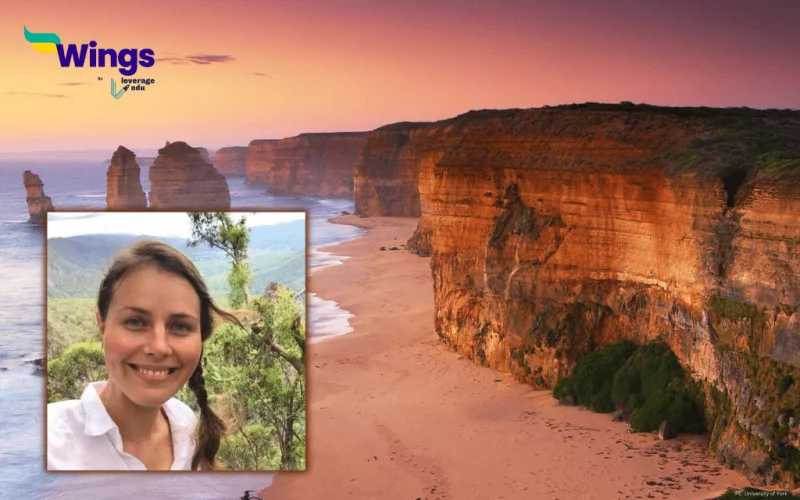Australian researchers have found a set of sunken islands near the continent. A well-known archaeologist from Griffith University in Queensland, Kasih Norman, is the study’s lead author concerning this newly found sunken land. Furthermore, the discovered land which is twice as big as the United Kingdom itself has raised many questions. Nonetheless, its dissimilar features to the landmass of Australia pose the biggest question, is this land what they call Atlantis?
Atlantis has been for long remained a legend in which some of the Archeologists have put their faith while others have neglected it as a complete myth. Nevertheless, Atlantis has for very long remained a subject for discussion and fantasy. It has been featured in blockbuster films such as Aquaman sequels, Black Panther: Wakanda Forever, Hotel Transylvania and many more.
Until recently when it was featured in magazines and newspapers worldwide. However, the discovery of this new landmass could hardly be the manifestation of the mythical land of Atlantis. This is because the location of Atlantis is predicted to be in the Atlantic Ocean. Moreover, the sunken kingdom for the longest time is believed to be near Portugal.
Researchers call it the ‘Australian Atlantis’ as this landmass has a similar story. One can still not hope that its inhabitants turned into mermaids though. Nevertheless, let’s discuss what the subdued sunken city of Australia’s Atlantis is all about. Also, are there any similarities or chances that this could be the true Atlantis?

The Lost Island of Australian Atlantis: Discovered
The landmass is around 1.6 the size of UK. Additionally, it could have been home to around 50,000 and 500,000 people nearly 70,000 years ago. After the discovery, the landmass was observed with a high-resolution map of the ocean floor developed by the researchers.
The map revealed an archipelago of islands stretching 500 kilometres towards Indonesia. This concludes that this land could have been a stoppage on the route from Australia to Indonesia. However, it is now 100 metres below sea level, so that is a tale of the past.
However, the new study by Kasih Norman has answered many more questions about this land. Why was the land underwater? When was it exactly above water and what happened to it? These answers were found with extensive sonar mapping of the ocean floor and by dividing the results into periods.
Nearly, 70,000 and 9,000 years ago the sea levels in the area were 40 metres lower than they are at present. This archipelago was therefore exposed to the surface at that time. Then during the Ice Age, that is between 29,000 and 14,000 years ago, the freezing of ocean water led to a further decline in sea levels. This was the time when this land was exposed to the surface completely.
Who Inhabited the Australian Atlantis?
These islands were home to thousands of people according to the study. However, this was only possible for the brief duration in which the island was exposed to the ocean surface. Therefore, there is a major chance that these people were originally travellers on the Indonesian and Australian islands who found this land inhabitable and settled. Moreover, these were also the people who witnessed a massive environmental change and faced the wrath of climate as the archipelago drowned after a few centuries.
Who is Kasih Norman?
Kasih Norman is an archaeologist whose studies are focused on Australia and Indonesia. Her studies explore early human dispersals, migration, geochronology and drowned islands. Top Journals like Nature, Nature Communications and Nature Ecology and Evolution have published her works.
She already has dual degrees from the University of Queensland in Earth System Science & Archaeology and also a Class I Honours in Archaeology. And now she has submitted a PhD application at the Australian Research Council Centre of Excellence for Australian Biodiversity and Heritage (CABAH) at the University of Wollongong Node.
Moreover, she is also a Research Fellow at the Australian Centre for Human Evolution at Griffith University where she has submitted this research of hers. This was all about our update for today but if you want to read more such exciting information, make sure you follow Leverage Edu News Updates.
 One app for all your study abroad needs
One app for all your study abroad needs















 45,000+ students realised their study abroad dream with us. Take the first step today.
45,000+ students realised their study abroad dream with us. Take the first step today.